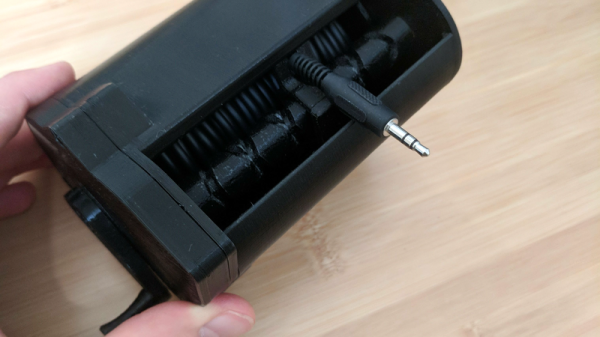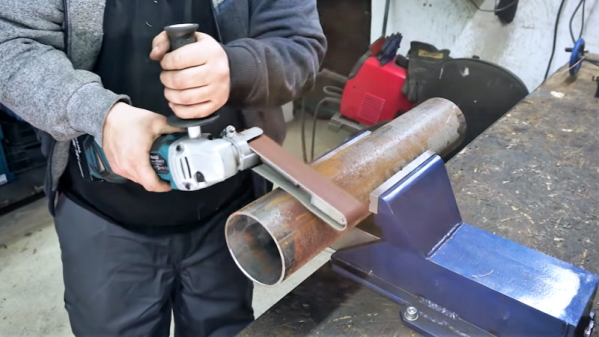Tis The Season, for those who are so inclined, to loft themselves to the top of a steep snow-covered hill and then go downhill, really fast. And if something gets in their way, turn. Whether they be on skis, a snowboard, or some other means, getting down usually involves using gravity. Getting up, on the other hand, usually involves a ski lift. And in the video by [kalsan15] after the break, we learn how technology has stepped in to make even the most inaccessible slopes just a lift ride away.

In its most simple form, a ski lift is two pulleys connected by a steel cable. The pulley at the bottom of the hill is powered, and the pulley at the top of the hill serves as an idler. Attached to the steel cable are some means for a person to either sit down or grab a handle and be hoisted to the top of the hill.
Such a simple arrangement works fine if the geography allows for it, but what if there are turns, or there need to be multiple idlers to keep the wire taut but also close to the ground? Again, the most basic ski lifts have limitations. If the cable turns left around the idler, then the attachment for the handle or chair has to be on the right, making a right turn around the idler an impossibility.
How then can this problem be solved? We won’t spoil the outcome, but we recommend checking out [kalsan15]’s video for an excellent description of the problem and the solution that’ll leave you wondering “Why didn’t I think of that!?”
If you don’t find this hacky enough, then take a moment to learn how you too can not just make a gas-powered ski lift for your cabin in the woods, but then ride your slope down on your DIY Ski Bike!













